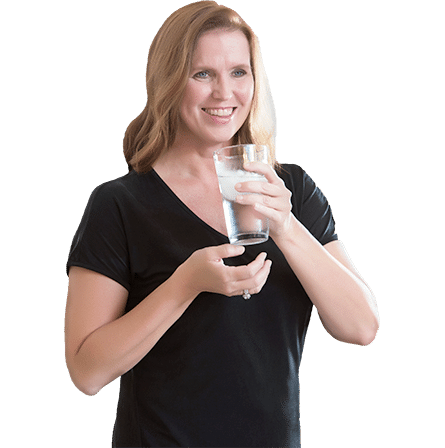Water filtration system maintenance is essential to ensure clean, safe drinking water and efficient operation and extend the device’s lifespan. It involves visual inspections for clogs, leaks, mold, and damage. The process also requires checking the water quality and pressure and replacing parts as needed.
However, these can be challenging to do without proper guidance. To simplify it, let’s discuss key pointers for carbon-based water filtration, ultraviolet light water purification, and reverse osmosis system maintenance.
Activated Carbon Filtration Systems
Carbon filters absorb and eliminate chlorine and other organic compounds, enhancing the taste of drinking water. Gallons of water always pass through them, hence saturating their surface area over time. They potentially cause clogs and water flow issues, typically calling for new water filter cartridges.
Ideally, they’re changed every three to six months. However, the exact time depends on factors like:
- The filters’ size
- The types and amounts of contaminants being removed
- The contact time between the water and filter
- The amount of water that runs through
It’s best to check the manufacturer’s guidelines to ensure you change them at the correct time. Additionally, it would be helpful to sanitize water filters periodically with a manufacturer-recommended solution to avoid bacterial growth.
Ultraviolet (UV) Treatment Systems
These systems eliminate microbial contaminants, including bacteria, viruses, and protozoa, by penetrating their cell walls using UV light waves. However, the intensity of the UV light waves may diminish over time. For optimal sterilization performance, it’s recommended to replace the lamp or bulb annually.
Another part to keep clean is the lamp’s protective quartz sleeve, which transmits UV light when disinfecting water. It tends to collect debris as water flows through, making it necessary to care for it every few months.
Lastly, it’s important to note that these are electrically powered systems. Always ensure that all electrical connections and components are dry and secure to prevent damage and accidents, especially when used.
Reverse Osmosis Systems
These filtration systems let water flow through semi-permeable membranes to remove contaminants, from large particles to microorganisms like viruses. They also have pre-filters that protect the delicate membranes from sediments and chlorine.
However, these components often suffer clogs due to debris buildup. You can prevent this by periodically running system flushes and cleaning the water storage tank. They also require regular replacement since they’re prone to wear and tear. Pre-filters are usually changed monthly, while membranes are changed every two to three years, but it’s best to check the manufacturer’s guidelines to ensure you change them at the proper times.
Give Your Water Filters the Best Care Today
Maintaining your water filtration system may seem like an overwhelming task. By remembering the abovementioned tips, you can take the proper measures to ensure it’s in optimal condition and will last for years. Call Adams Water Conditioning in Ocala, FL, for expert insights or assistance. We perform comprehensive repairs and maintenance for reverse osmosis systems and other water purification devices.


